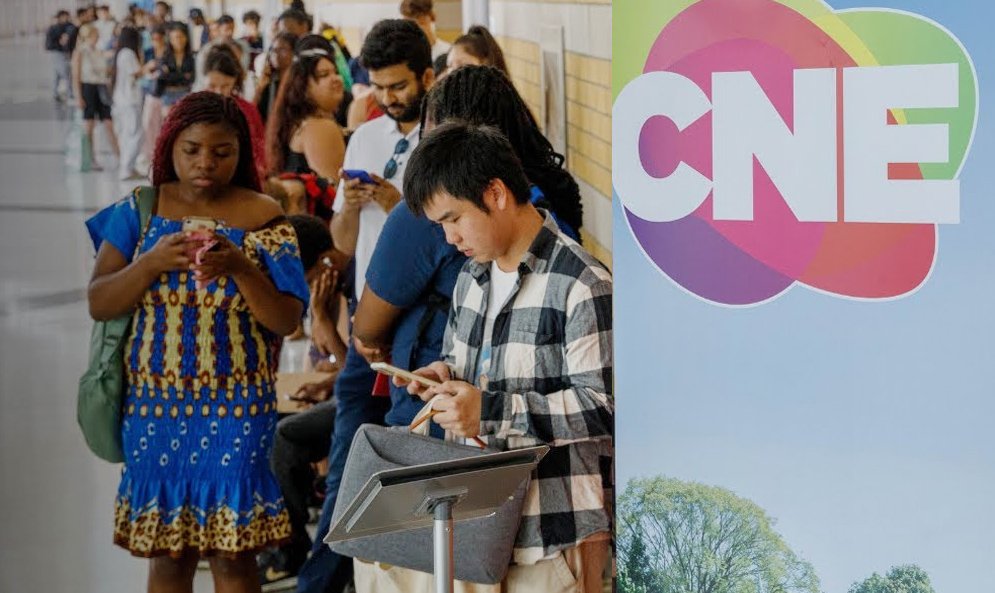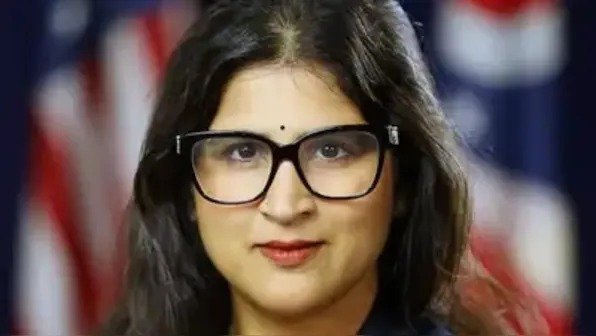Sovmya George, Esq.

There are two distinct categories of U.S. Visas: Immigrant and Nonimmigrant. The type of visa an individual should apply for is dependent on their specific wants and plans once they enter the U.S.A. Generally, Immigrant visas are for those who intend to live and work permanently in the U.S.A. Whereas Nonimmigrant visas are for those who intend to enter the U.S.A. on a temporary basis for either leisure/vacation, business, medical treatment, and/or temporary work. For an Immigrant visa, individuals typically apply through USCIS and for Nonimmigrant visas, applicants file their petitions via their respective U.S. Embassy or Consulate.
Despite these two distinct categories, there are a few visa options such as L-1 (intracompany transferee), H-1B specialty occupation worker), K-1 (fiancé visa), O-1 (extraordinary ability), and E-2 (treaty investor) which are considered to be “dual intent” visas. This means that these foreign nationals holding such statuses may enter the U.S.A. on a temporary basis while also having the option to pursue permanent residency in the U.S.A. eventually.
Common Immigrant visa classifications include family sponsored, employer sponsored, and self-sponsored pathways to a Green Card. Family sponsored options include a U.S. Citizen sponsoring their spouse, parent, child, or siblings for a Green Card. It also includes the option for a Green Card holder to sponsor their spouse or unmarried children under 21 years old for a Green Card.
Employer sponsored options include EB-2 (employment based second preference category) and EB-3 (employment based third preference category) pathways to a Green Card. For these petitions, one needs to ensure they have an employer who is willing to sponsor them for a Green Card and that they meet all the requirements to be eligible for such categories. Generally, the applicant needs to meet certain educational standards such as have at least a bachelor’s degree plus 5 years of experience in their respective profession for EB-2 category; or if they do not have that kind of education or experience, they may qualify for an EB-3 category employment. R-1 visas are for religious workers who hold the title of a priest and who have a religious organization willing to sponsor them. EB-1C (certain multinational managers or executives), traditionally is the subsequent step after an L-1 sponsorship. For EB-1C, the employer who sponsored you for L-1A is the one generally continuing your sponsorship for a Green Card. They must demonstrate the continuing ability to pay you the offered wage and the applicant must demonstrate their continued skills and abilities to fulfill their role as a manager or executive of the organization.
Self-petitioning options include EB-1 (employment based first preference category) and EB-2 NIW (employment based second preference category with national interest waiver). Such categories have a higher standard of proof to overcome given that they do not require a sponsoring employer. Each category has specific requirements that need to be met by the applicant in order to be eligible to apply. For example, within EB-1, there are three different categories available: EB-1A (extraordinary ability) and EB-1B (outstanding professors and researchers. To qualify for EB-1A, the applicant must prove they have an extraordinary ability in the arts, sciences, education, business, or athletics through national or international praise. This can be shown by meeting at least 3 of the 10 eligibility criteria listed on the USCIS’ website. For your convenience, here is a brief list of the 10 eligibility criteria: Receipt of lesser nationally or internationally recognized prizes or awards of excellence; Membership in associations which demand outstanding achievements of their members; Published material about you in professional or major trade publications/media; You have been asked to judge the work of others either individually or on a panel; You have contributed your original scientific/scholarly/artistic/business related work; Authored scholarly articles in professional or major trade publications/media; Your work was displayed at artistic exhibitions or showcases; You have held a leading critical role in distinguished organizations; Command a higher salary as compared to your peers; Evidence of your commercial success in the performing arts.
To qualify for EB-1B, the applicant must demonstrate 2 out of the following 6 eligibility criteria: Receipt of major prizes or awards for outstanding achievement; Membership in associations which demand outstanding achievements of their members; Published material about you in professional or major trade publications/media; You have been asked to judge the work of others either individually or on a panel; You have contributed your original scientific/scholarly work to the field; and/or evidence of authorship of scholarly books or articles in the field. These qualifications can be proved through letters of recommendation from your peers or superior professionals in your field who are familiar with your work. Include your education documents proving your highest level of education completed. Include a copy of your resume and a cover letter giving an overview of your qualifications and experiences over the years. Include copies of your published articles or articles published about you. The more evidence you provide, the better. It is recommended to try and argue you meet at least one additional eligibility requirement than as required for the extra cushion and support for your case.
With regards to EB-2 NIW, there is a test which needs to be met in order to be eligible for this pathway. According to the In re New York State Department of Transportation case dated August 7, 1998, a precedent was created to adjudicate EB-2 NIW cases through a three prong test: (1) the applicant must seek employment in an area that has substantial intrinsic merit; (2) the applicant must demonstrate that the proposed benefit to be provided will be national in scope; and (3) the applicant must demonstrate that it would be contrary to the national interest to potentially deprive the prospective employer of the services of the waiver applicant by making available to U.S. workers the position sought by the waiver applicant. Essentially, the applicant needs to prove they have the capability to advance their proposed endeavor in the U.S.A. and the proposed endeavor will not just benefit a specific region of the U.S.A., but rather benefit the nation as a whole. The applicant must also prove why USCIS should grant them an EB-2 NIW and why they deserve to forego the usual EB-2 pathway to a Green Card.
In summary, there are varying visa options available but the one that is right for an individual is truly dependent on their wants and future plans. Immigration law can be overwhelming and difficult to comprehend. Should you like to learn more about an immigration pathway and/or you would like to discuss your immigration case, please feel free to contact my law office at 972-905-0948 or visit my website at www.lawofficesg.com.
Written By: Sovmya George, Esq.
Immigration Attorney/Founder
Law Office of Sovmya George, PLLC

















